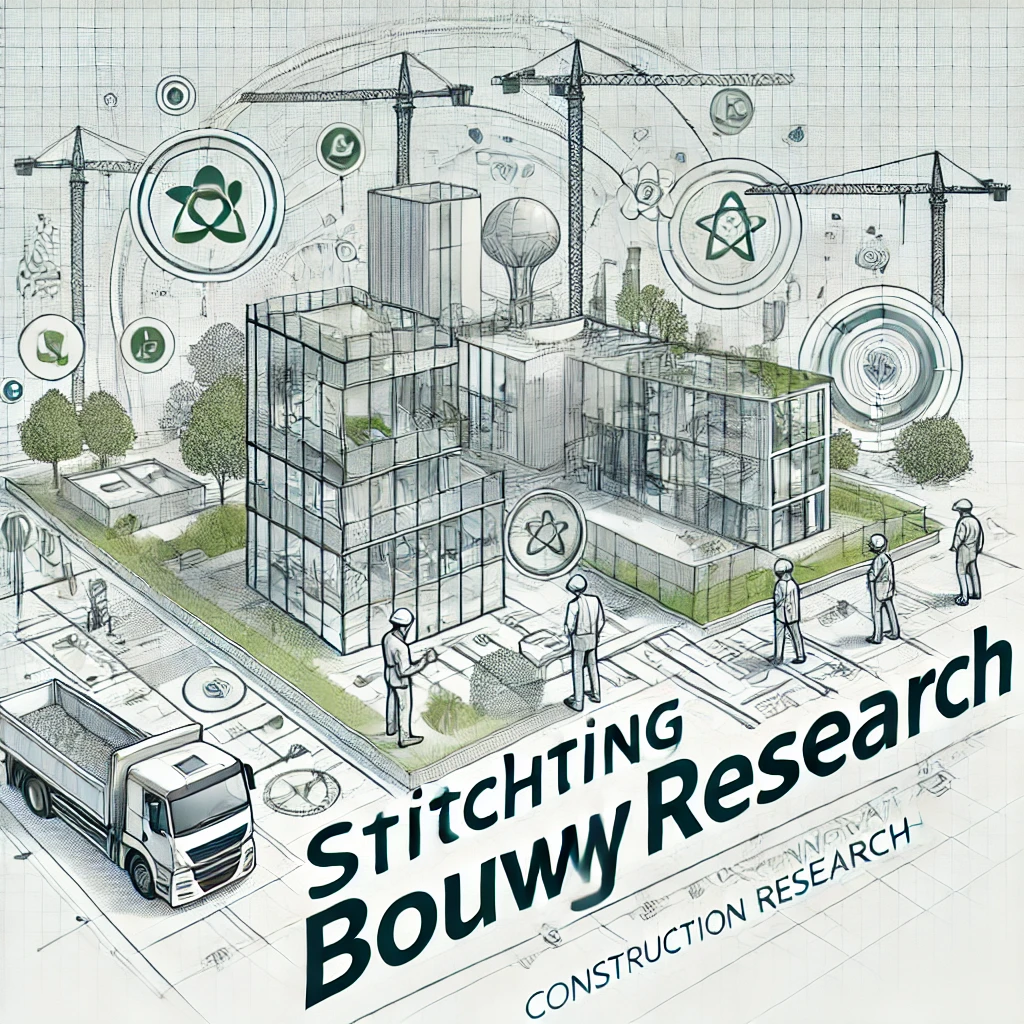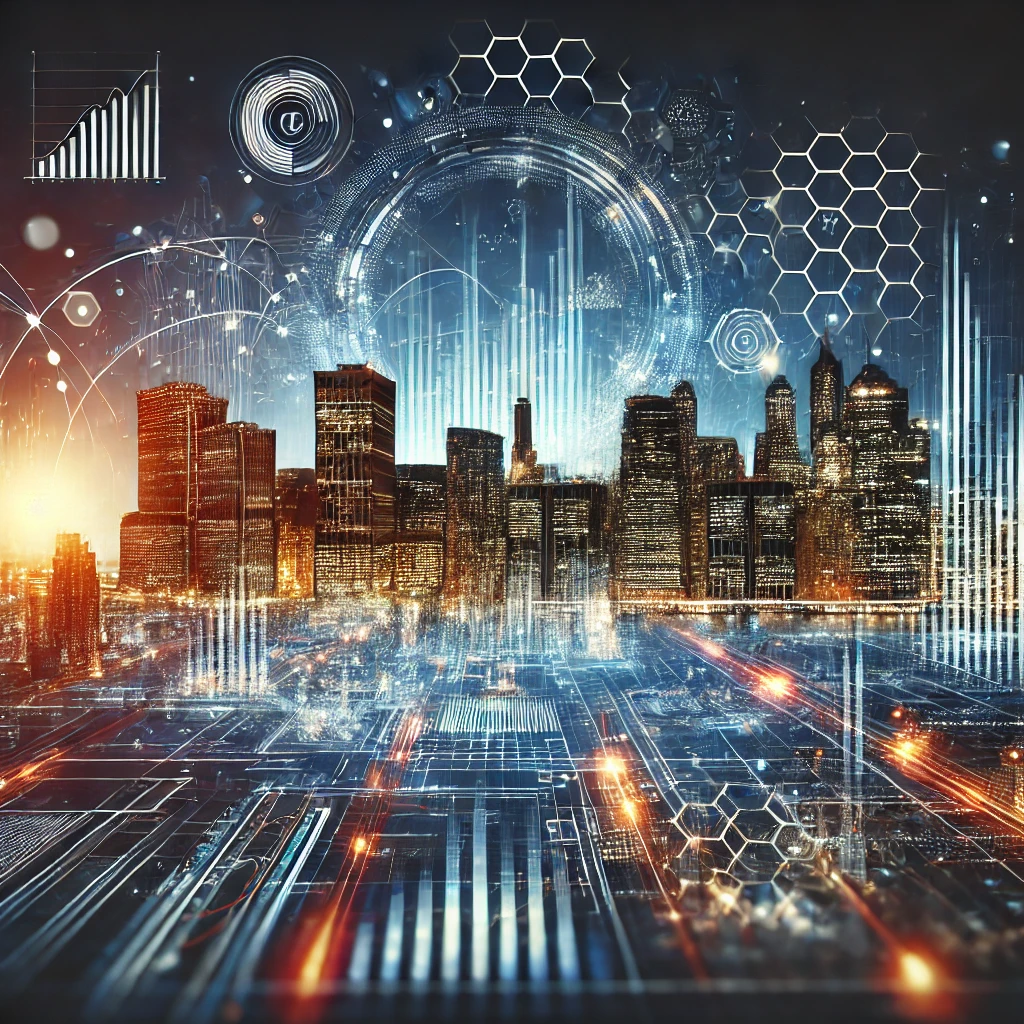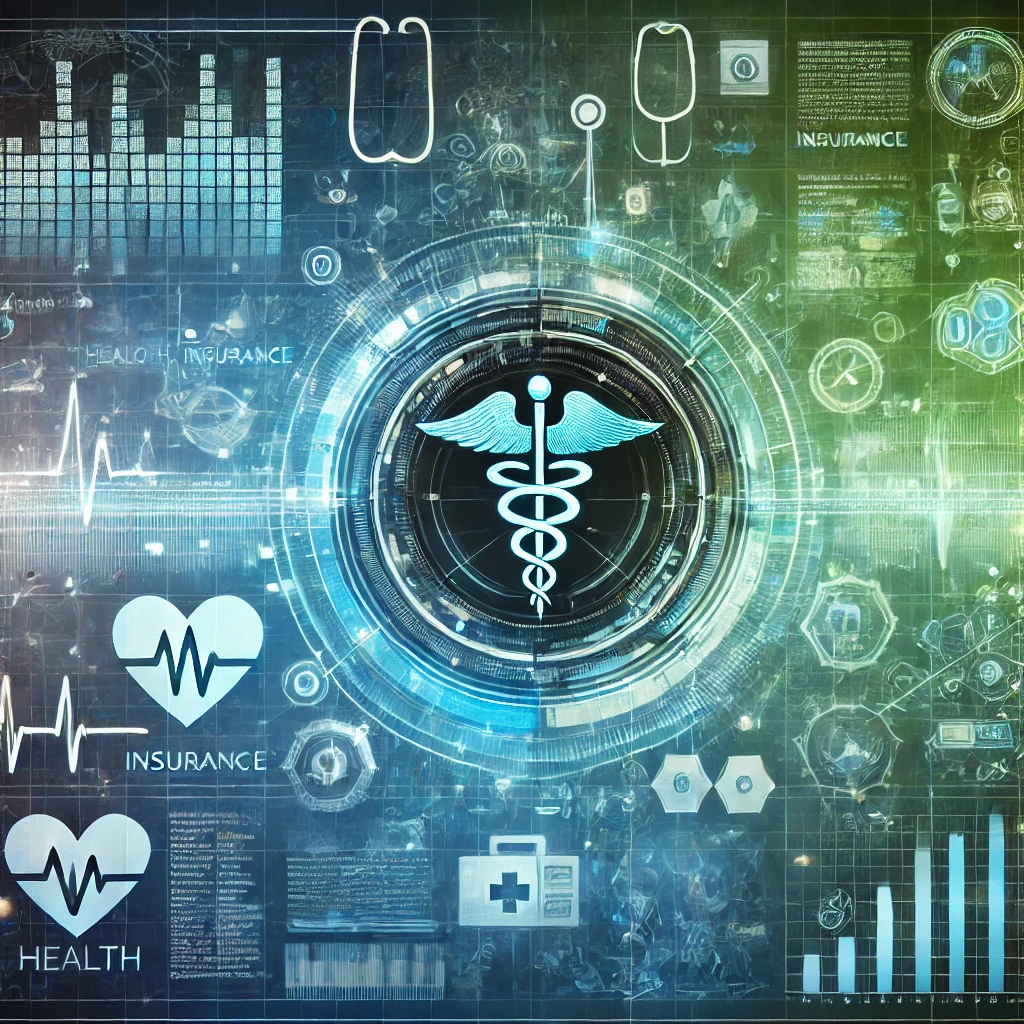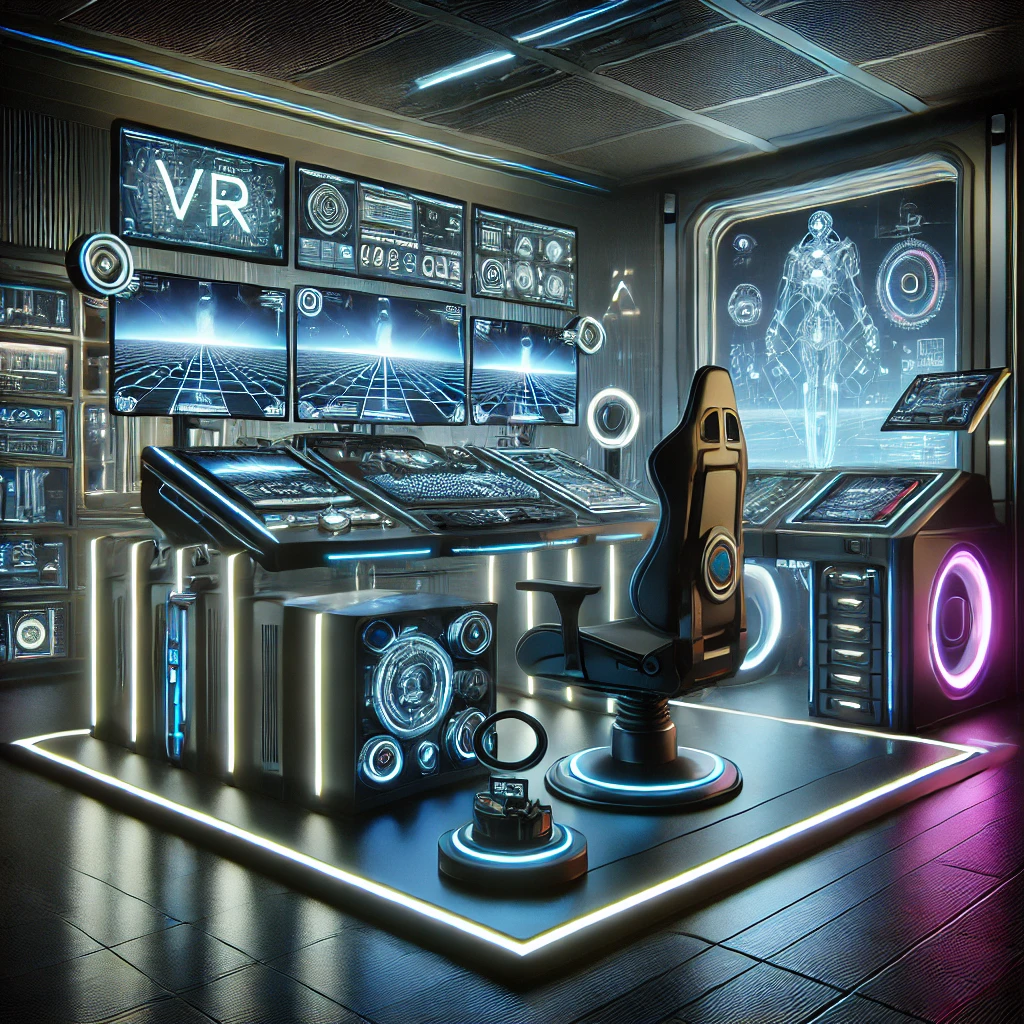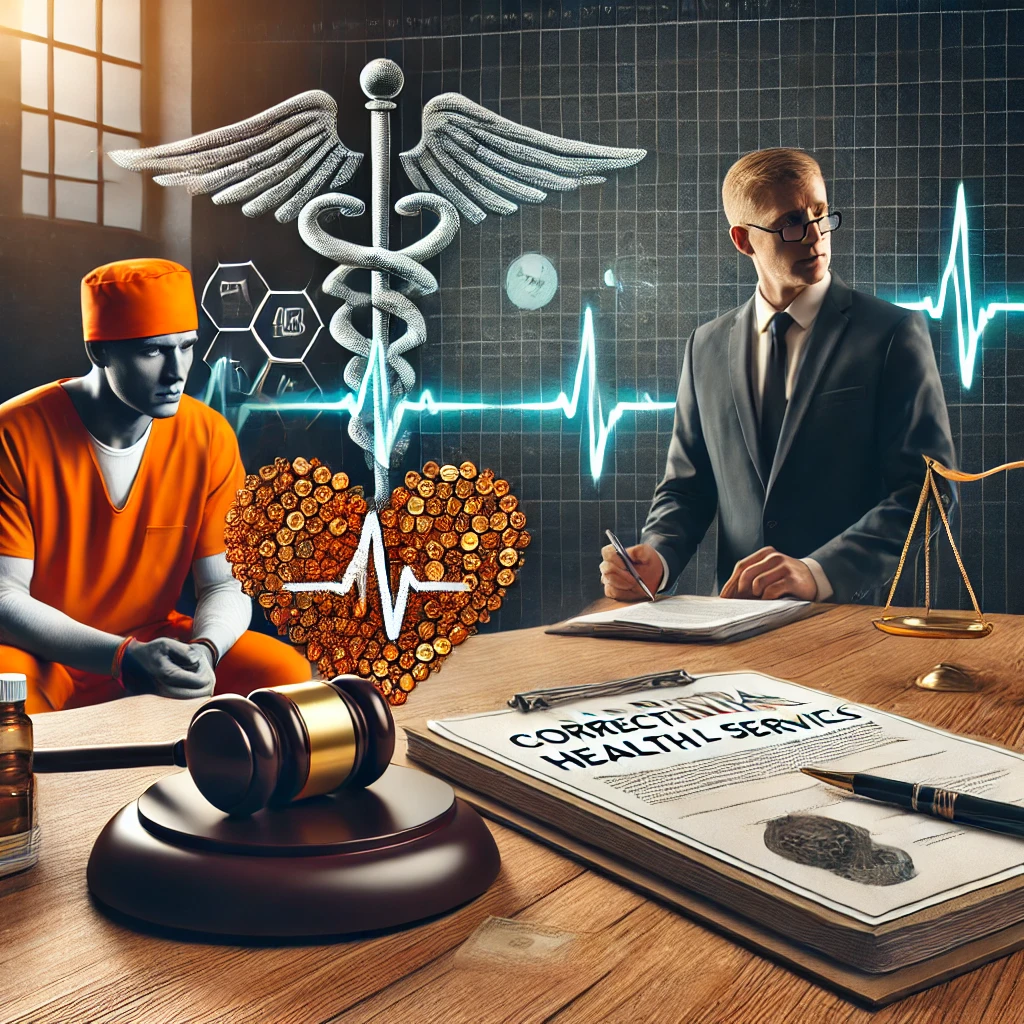Robotics and automation have revolutionized industries, enhancing efficiency, precision, and productivity. From manufacturing to healthcare, these technologies are reshaping the way businesses operate and how society functions. Understanding their impact and future potential is crucial for staying ahead in an increasingly automated world.
The Role of Robotics & Automation
1. Industrial Automation
Robotic automation in industries has led to faster production, improved safety, and reduced human error. Key applications include:
- Manufacturing: Assembly lines powered by robotic arms and AI-driven machines.
- Logistics & Warehousing: Automated storage systems and robotic sorting for seamless operations.
- Agriculture: Drones and robotic harvesters enhancing productivity.
2. Healthcare & Medicine
Automation is transforming healthcare by improving diagnosis, surgery, and patient care. Some advancements include:
- Robotic Surgery: Precision-based robotic systems assist in complex procedures.
- AI Diagnostics: Machine learning algorithms analyze medical data for accurate diagnoses.
- Automated Pharmacy Systems: Robots dispensing medications to minimize errors.
3. Service & Retail Automation
Businesses are integrating automation for improved customer experience and operational efficiency. Examples include:
- Self-Checkout Systems: Enhancing speed and reducing wait times in retail stores.
- AI Chatbots: Providing customer service and handling inquiries.
- Food & Beverage Automation: Robotic chefs and automated ordering systems.
4. Smart Homes & Consumer Robotics
Robots are making their way into homes, simplifying daily tasks and improving convenience. Innovations include:
- Smart Assistants: AI-powered devices like Alexa and Google Assistant.
- Cleaning Robots: Automated vacuum cleaners and lawn mowers.
- Security Systems: AI-based surveillance and home monitoring solutions.
The Future of Robotics & Automation
The field of robotics and automation is rapidly evolving with continuous advancements in AI, machine learning, and IoT. Some emerging trends include:
- Collaborative Robots (Cobots): Designed to work alongside humans for increased efficiency.
- Autonomous Vehicles: Self-driving cars and drones for transportation and delivery.
- AI-Integrated Robotics: Machines capable of learning and adapting to new environments.
- Ethical & Regulatory Developments: Addressing concerns related to job displacement and privacy.
Frequently Asked Questions (FAQs)
Q1: What industries benefit the most from automation?
A: Manufacturing, healthcare, retail, logistics, and agriculture are among the top industries benefiting from robotics and automation.
Q2: Will automation lead to job losses?
A: While automation may replace some manual jobs, it also creates new opportunities in tech-driven roles, requiring reskilling and adaptation.
Q3: How do robots improve safety in the workplace?
A: Robots handle dangerous tasks, reducing workplace injuries and improving overall safety standards.
Q4: What are cobots, and how are they different from traditional robots?
A: Cobots are collaborative robots designed to work alongside humans, unlike traditional robots that function independently in industrial settings.
Q5: What’s the future of AI in automation?
A: AI will continue to enhance automation by enabling robots to learn, adapt, and make data-driven decisions, making processes more efficient.
As robotics and automation continue to evolve, businesses and individuals must adapt to the changing technological landscape. These innovations hold the potential to enhance productivity, improve quality of life, and drive economic growth.






